Local Context and Infographics
Council Plan (2022-25)
The Council Plan sets out an ambitious programme to improve the lives of people in Rotherham with five key themes:
- Every Neighbourhood thriving
- People are safe, healthy and live well
- Every child able to fulfil their potential
- Expanding economic opportunity
- A cleaner, greener Local environment
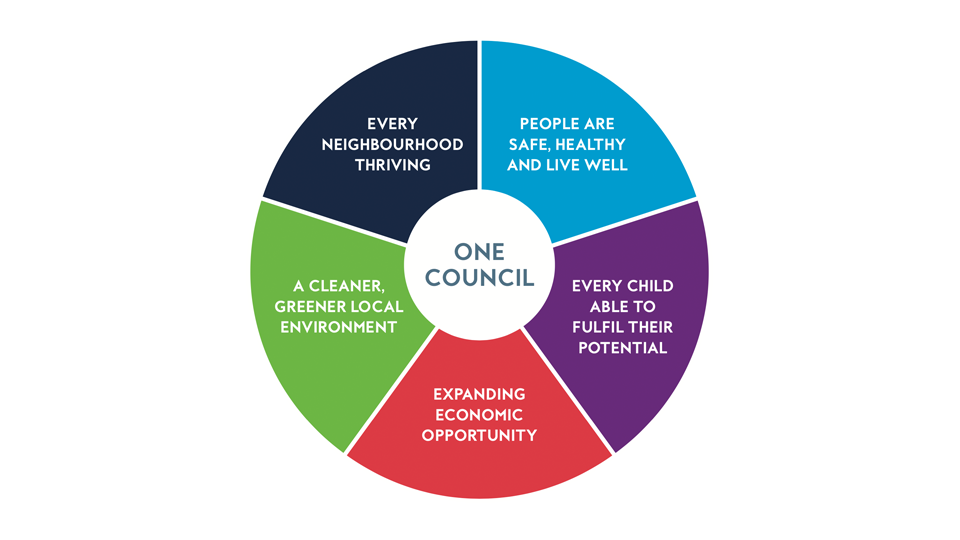
Housing Strategy (2022-25)
The Housing Strategy provides an overview of Rotherham’s housing needs and local housing market related issues. The Housing Strategy’s six key priorities for the 2022-25 period are:
High quality new homes
- Affordable homes to meet local need.
- Investment in existing homes.
- Bringing empty homes back into use.
- Supporting people to live independently.
- Strengthening communities
The Domestic Abuse Strategy (2022-2027)
- Prevention and Early Intervention.
- Justice and Ongoing Protection.
- Responding to Changing Need and Demand.
- Minimising Harm through the Provision of Early Help.
- Support for Children and Families.
- Providing Safe Accommodation and Appropriate Support.
What is Local Data Telling Us?
- April-Sept 2022 there were 538 homeless applicants/ households - Apr-Sept/2022 538 Applicants/ Households
- There has been a decrease year on year for the last three years. - 2019-2020 1814 Applications; 2020-2021 1458 Applications; 2021-2022 987 Applications
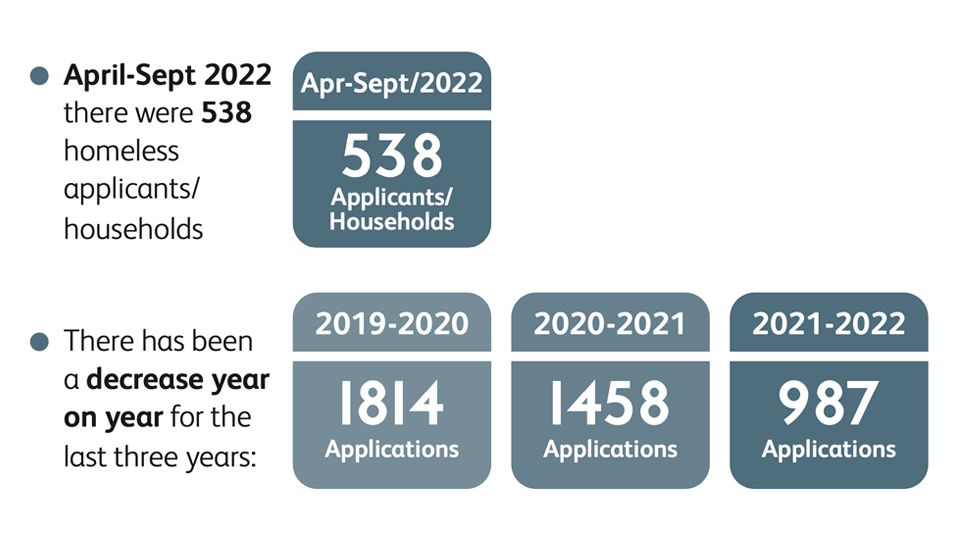
Demand for Emergency Temporary Accommodation
- Last year (2021/2022) there were 217 homeless cases closed at the prevention stage. A further 614 were closed at the relief stage. This is a combined total of 76% of homeless cases closed due to being prevented and relieved.
- The number of households living in temporary accommodation has steadily reduced over the period of April 2022 to November 2022.
- At the start of 2022, there were a total of 202 households living in hotels and council dispersed temporary accommodation, of which 96 households were residing in hotels. (80 single people and 16 families with dependent children).
- As of 24th November 2022, this had reduced to a combined total of 123, reducing households residing in hotels to 25. (23 single people and 2 families with dependent children).
Main reasons for homelessness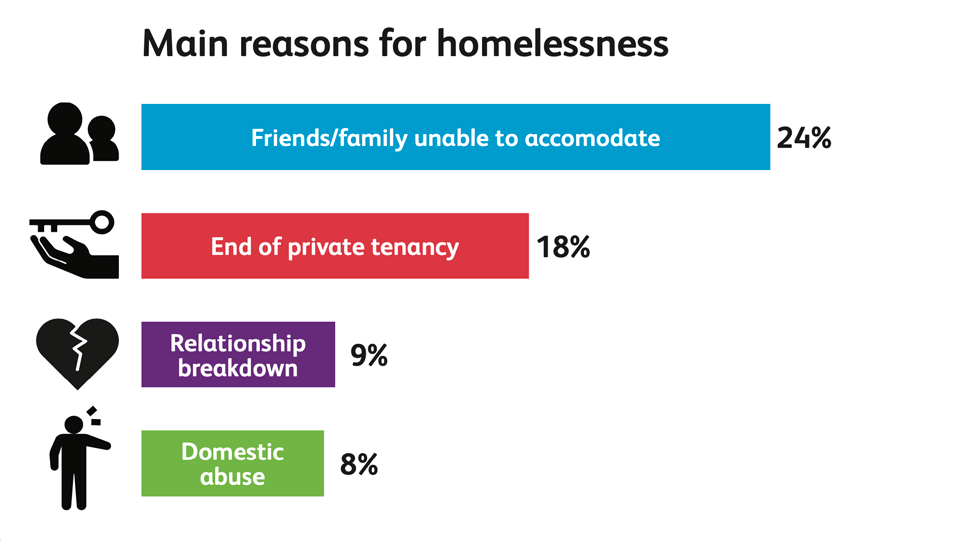
- Friends/family unable to accomodate - 24%
- End of private tenancy - 18%
- Relationship breakdown - 9%
- Domestic abuse - 8%
Snapshot December 2022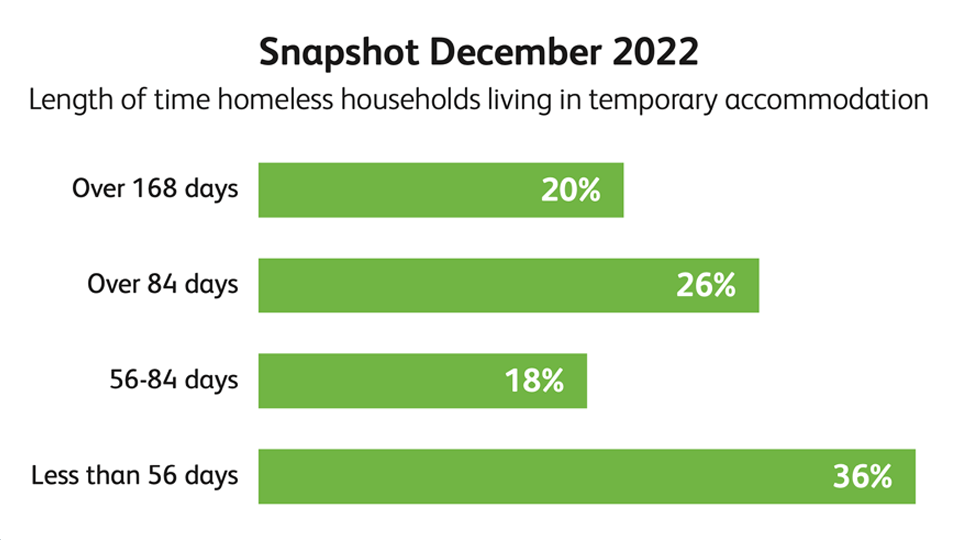
Length of time homeless households living in temporary accommodation:
- Over 168 days - 20%
- Over 84 days - 26%
- 56-84 days - 18%
- Less than 56 days - 36%
Complex Needs and Homelessness
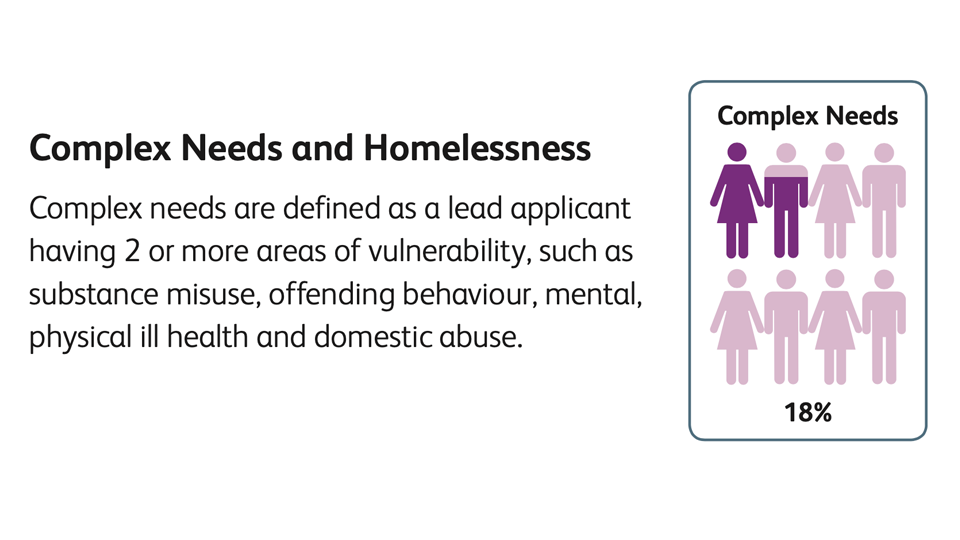
Rough Sleeper Counts

- 2018/19 - 16
- 2019/20 - 10
- 2020/21 - 6
- 2021/22 - 3
- 2022/23 - 0
Move on Housing Types
- A total of 792 homeless households were rehoused between April 2020 and March 2021.
- The highest supply of housing was council housing, 457 were housed into council properties, 146 into supported housing, 76 into Housing Association properties and 113 rehoused into private rented tenancies.
- In the first 6 months of 2022-23, there has been a decline in private rented housing lettings for homeless households.
Household Composition

| Gender Split | Age Profile | Ethnicity |
|---|---|---|
|
|
|

Economic Status

- Unemplyed or not seeking work - 77%
- Employed (Full and Part-time) - 23%
